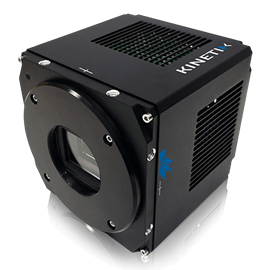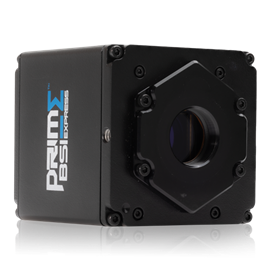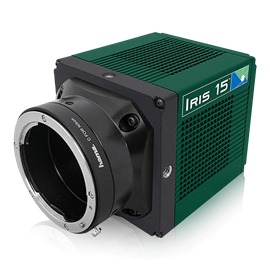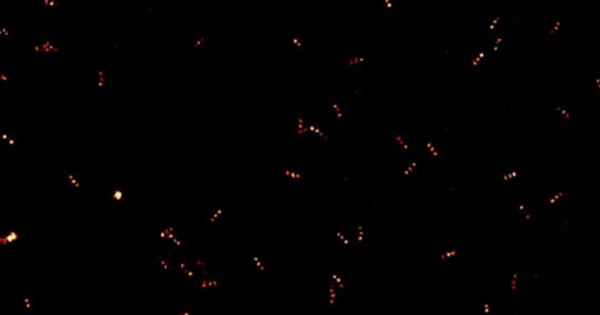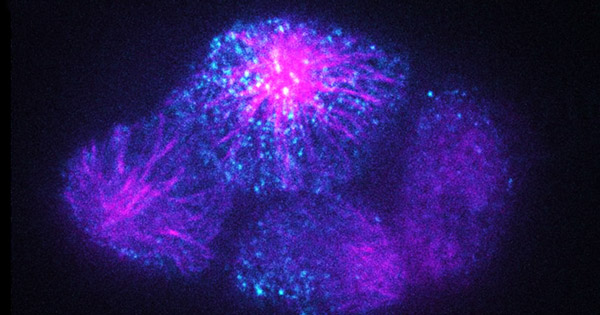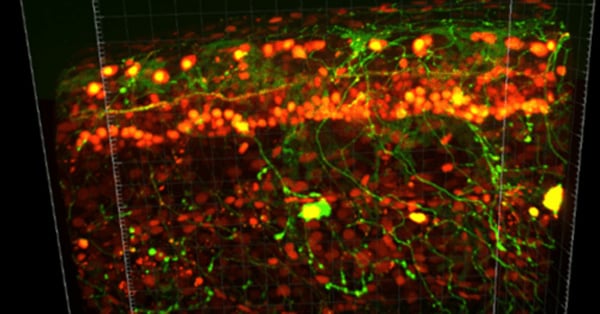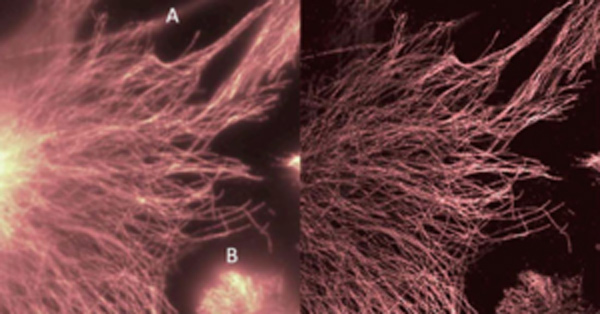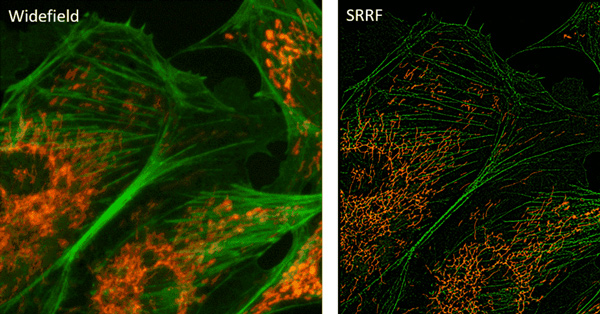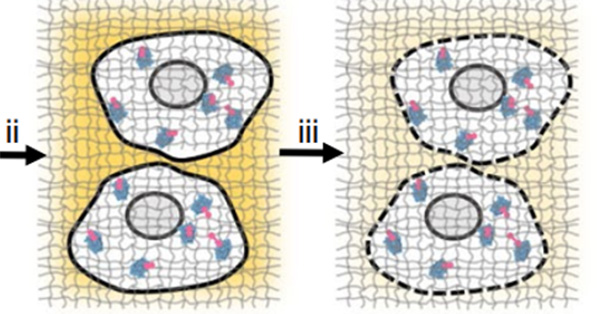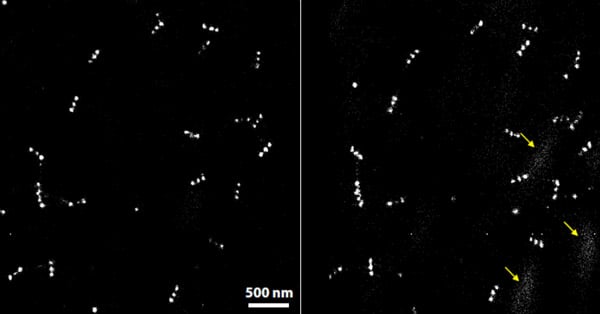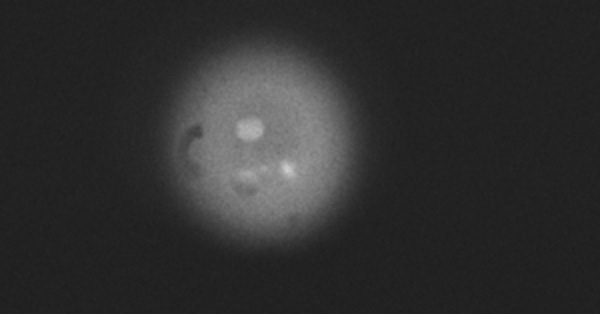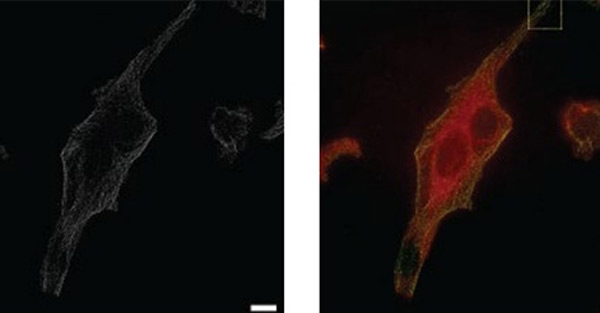High Content Mapping of the Molecular Landscape
‘Spatial omics’ describes a field of imaging and analysis that integrates the principles of different omics disciplines such as genomics, transcriptomics, proteomics, metabolomics and more, with spatial information.
Spatial omics studies focus on understanding the spatial organization and interactions of biomolecules within cells, tissues, and organs. Researchers can analyse the molecular composition of these biological samples in their spatial context and visualise or characterise complex networks in native environments.
Techniques used in this field such as fluorescent in situ hybridization (FISH), RNA sequencing, or single-cell spatial profiling, all benefit from a high content imaging system, featuring highly sensitive cameras with large fields of view, high resolution and high speed to maximise throughput. Our solutions for spatial omics optimise the imaging experience, rapidly capturing even the weakest of signals across a wide range of wavelengths with sub-cellular resolution.
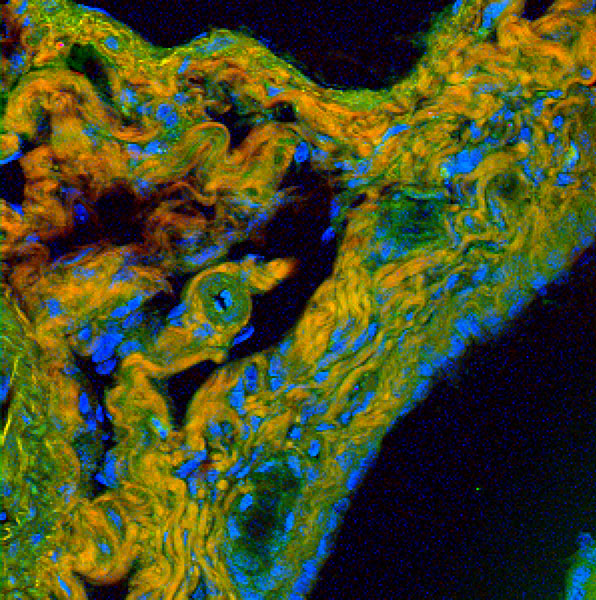
Resources from the Learning Center
View All
